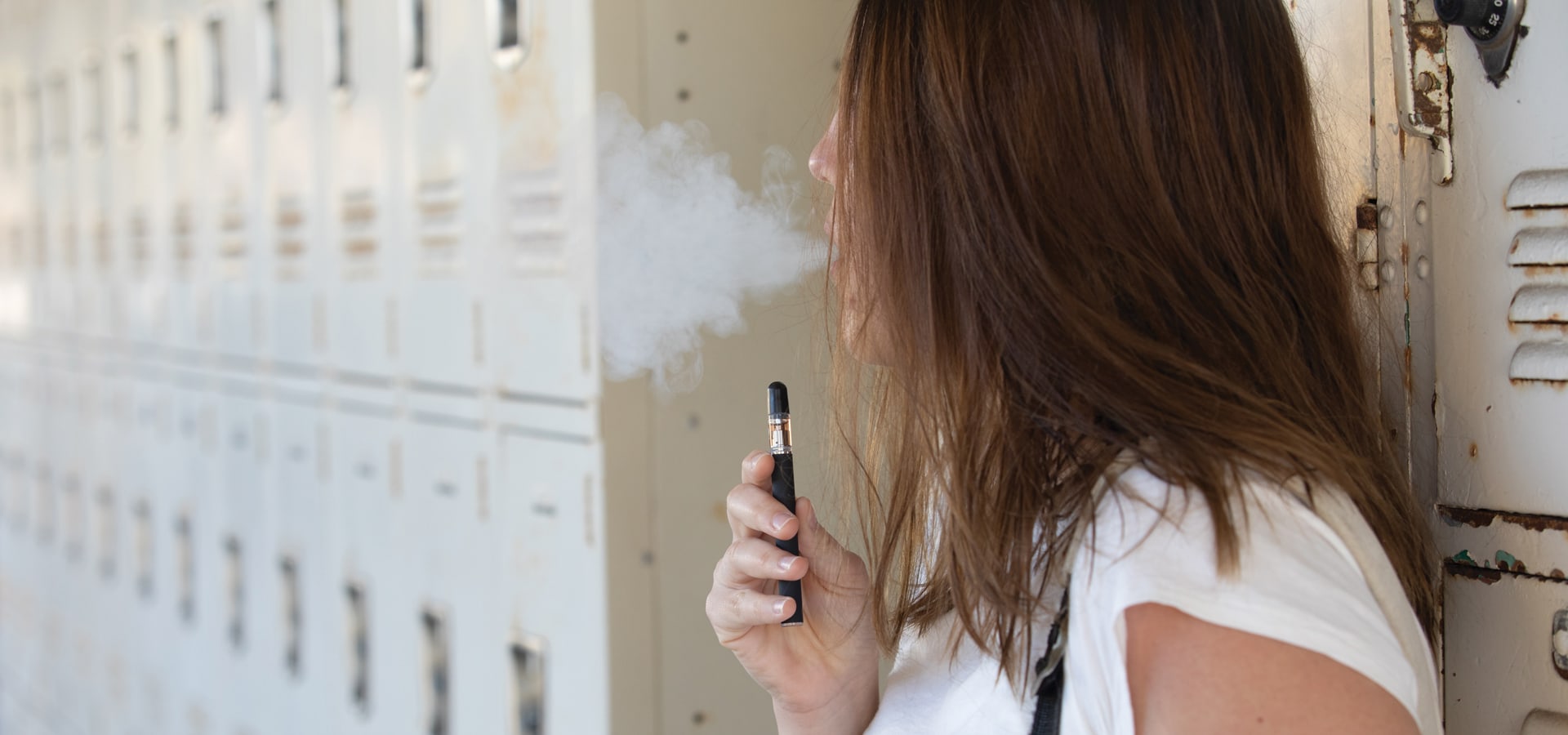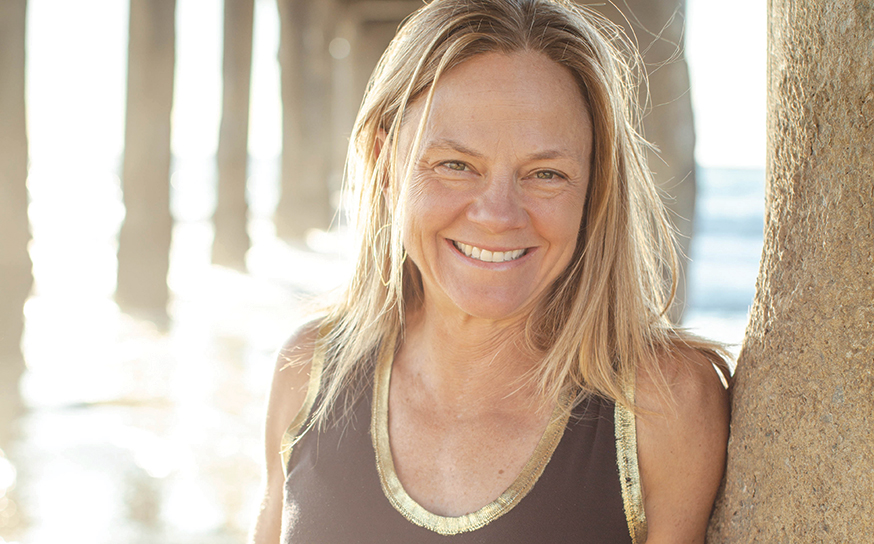
Exploring the Dangerous Momentum Behind the Younger Generations Addiction to Vaping
Smoking 2.0.
- CategoryHealth
- Written & photographed byKat Monk
Approximately 1 in 5 high school students now smokes electronic cigarettes, according to the U.S. Centers for Disease Control and Prevention (CDC). There is a lot for us to learn about the emergence of a new generation of smokers who refer to their habit as “vaping.”
Vapers may say, “I’m not a smoker.” However if you vape, there is a strong likelihood that you will start smoking cigarettes or use other tobacco products, according to a report by the U.S. Surgeon General. An early theory behind this alternative form of smoking was that it would be better for you than smoking cigarettes. But is it?
Vaping is done with an electronic cigarette—a handheld, battery-powered device that comes in many shapes and sizes. Some even have the appearance of a USB flash drive. Using an e-cigarette simulates the experience of smoking. A liquid is heated within the device and creates a vapor, which is then inhaled. Vapes are less odorous and therefore easy to conceal.
There are three general types of liquids that can be used in e-cigarette devices: essential oils, cannabis (THC and CBD) and nicotine.
Essential oil vapes look like pens and do not contain any nicotine. These are also known as personal aromatherapy diffusers. They sell for about $20 each, and there are a variety of types and flavors such as sleepy, active, happy, zen, sexy, vibrant and healthy. Some users feel that it can help with anxiety or change their mood, though the effects are not always consistent.
According to a recent study by Johns Hopkins University, vaping cannabis can produce a significantly stronger intoxication level than smoking cannabis. The speed of the effect is different too. Inhaled cannabis can take 10 to 15 minutes to take effect, whereas vaping cannabis can take effect almost immediately.
Nicotine vapes are also referred to as JUULs, which is a top-selling brand often used by students. These vapes skyrocketed in popularity, in part because of tasty flavors such as mango, cucumber, fruit and creme. Each JUUL cartridge or pod has approximately 200 puffs and as much nicotine as an entire pack of cigarettes.
JUUL claims that their pods deliver nicotine up to 2.7 times faster than other e-cigarettes. A major drawback of the JUUL is the inability dial down the dose—making it the highest nicotine content of any e-cigarette on the market.
We know the industry is here to stay when Altria, an umbrella company of Marlboro cigarettes, invests $12.8 billion into JUUL—a step the tobacco giant took in December. JUUL is said to be worth $38 billion, and the two Stanford graduate students who cofounded the company are now worth more than $1 billion each. JUUL reportedly shared the $2 billion bonus from Altria with its 1,500 employees—that’s $1.3 million per person!
In just one year (2017), e-cigarette use grew 48% among middle school kids, according to the Truth Initiative (a nonprofit public health organization dedicated to ending tobacco use). In 2018, 4.9 million American teens used e-cigarettes—an increase of 1.5 million teens in just one year, per the CDC.
Not only is this an epidemic on school campuses in general, the problem extends to the individual classrooms as well. Students wait for their teacher to turn away so they can take a hit from their e-cigarette and then blow the odorless smoke into their backpacks. The smoke dissipates quickly, and the teachers are none the wiser.
A JUUL device costs about $30, and a starter pack of four pods costs roughly $16. The pod is charged in the USB drive of a computer. If a teen smokes one pod a week, it is approximately the equivalent of 20 cigarettes. Even though it is illegal for children under the age of 18—and JUUL’s website claims that the company’s marketing material is directed toward adult smokers and not to youth audiences—that is not stopping minors from buying these devices in shops or online.
Regardless of whether kids are choosing essential oils, cannabis or nicotine, vaping is not necessarily a healthier and safer way to smoke. Researchers have discovered that there can be negative impacts on the respiratory system and metabolism, as well as increased cancer risks.
Vaping can also cause what is called “popcorn lung”—when the smallest airways become damaged and make a person cough and feel short of breath. Developing brains are more vulnerable to addiction, and nicotine addiction is extremely hard to quit. Some vapers have had to seek rehab to help with their addiction.
Through its Youth Tobacco Prevention Plan, the FDA is trying to reduce the teen epidemic while not inhibiting adults who enjoy vaping or use it as a way to stop smoking. It will take strong action from more agencies than the FDA to make a difference for our youth.


























